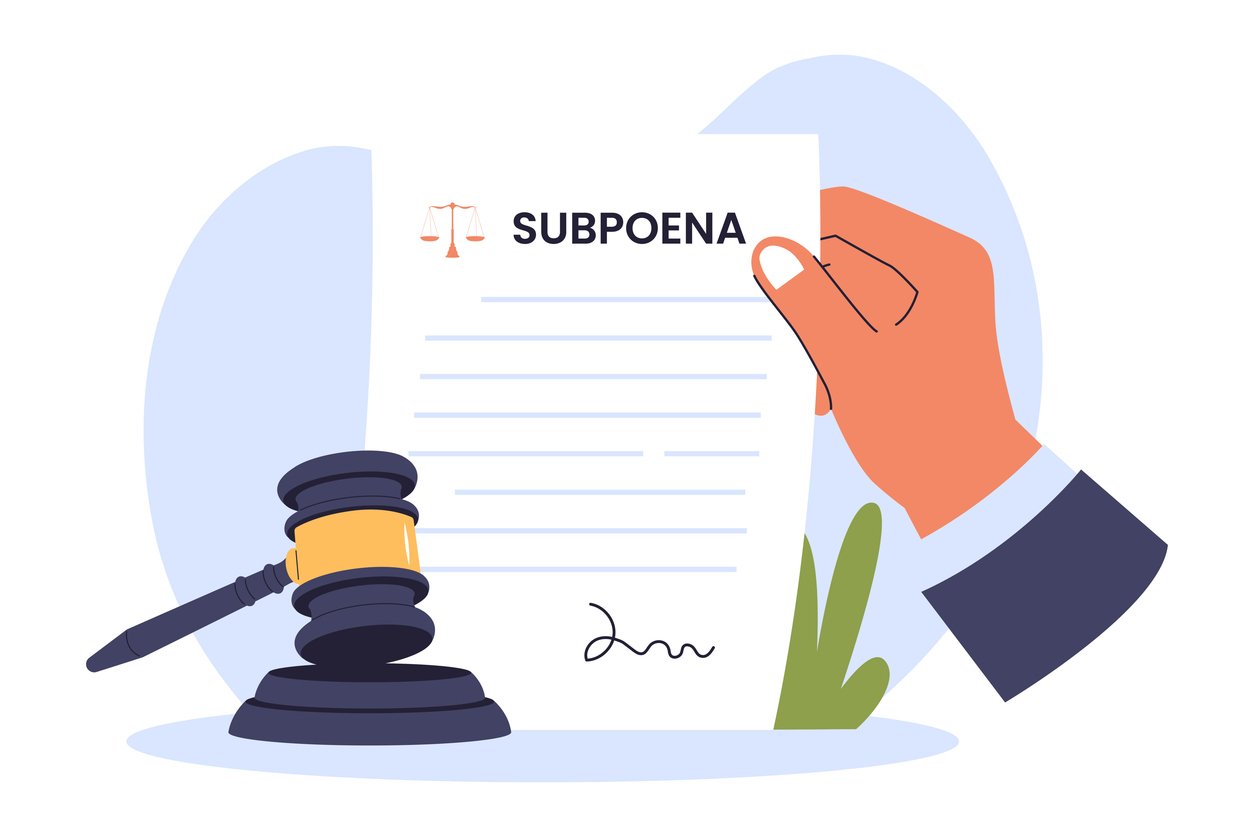
Understanding Your Debt Situation
The first step to tackling credit card debt is to understand the full extent of what you owe. This involves taking a closer look at your balances, interest rates, and payment schedules.
Assess Your Total Debt
Make a list of all your credit card accounts, noting the balance, interest rate, and minimum monthly payment for each. This will help you develop a clear picture of your debt and prioritize your payments.
Check Your Credit Score
Your credit score affects the interest rates you’re offered, so knowing where you stand can help you plan more effectively. Consider checking your score regularly to track improvements as you pay down your debt.
Create a Budget and Stick to It
One of the most effective ways to pay off credit card debt is to create a budget that allows you to allocate extra funds towards your payments each month.
Identify Spending Cuts
Review your monthly expenses and identify areas where you can cut back. This could mean dining out less, canceling subscriptions, or finding more affordable alternatives for everyday purchases. Redirect the money saved to your debt payments.
Set a Realistic Payment Plan
Decide how much extra you can afford to put toward your credit card debt each month, in addition to the minimum payments. Consistently paying more than the minimum will help you pay off the debt faster and save on interest charges.
Debt Repayment Strategies
There are different methods for paying down credit card debt, and the best approach depends on your financial situation and preferences.
The Debt Snowball Method
With the debt snowball method, you focus on paying off the smallest balance first while making minimum payments on other cards. Once the smallest debt is paid, you move on to the next smallest. This strategy can provide a sense of accomplishment and motivation to continue.
The Debt Avalanche Method
The debt avalanche method prioritizes paying off the card with the highest interest rate first. By doing so, you minimize the total amount of interest paid over time. This method can save you money in the long run, but it requires discipline to stick to the plan.
Consider Consolidation Options
If managing multiple credit card payments is difficult, debt consolidation might be an option worth exploring.
Balance Transfer Credit Cards
A balance transfer card allows you to move your existing debt to a new card with a lower interest rate, often with an introductory period of 0% interest. Be sure to understand the terms and fees before choosing this option.
Personal Loans for Debt Consolidation
Another option is taking out a personal loan to consolidate your credit card debt into one manageable payment. With a fixed interest rate and term, this can simplify your repayment process and reduce the overall interest paid
Paying down credit card debt requires a solid plan, commitment, and sometimes creative solutions. By understanding your debt, creating a realistic budget, and choosing the right repayment strategy, you can take control of your finances. If you need assistance with debt relief or financial planning, contact Law Advocate Group, LLP today. Our experienced legal team is here to guide you through your financial journey.



